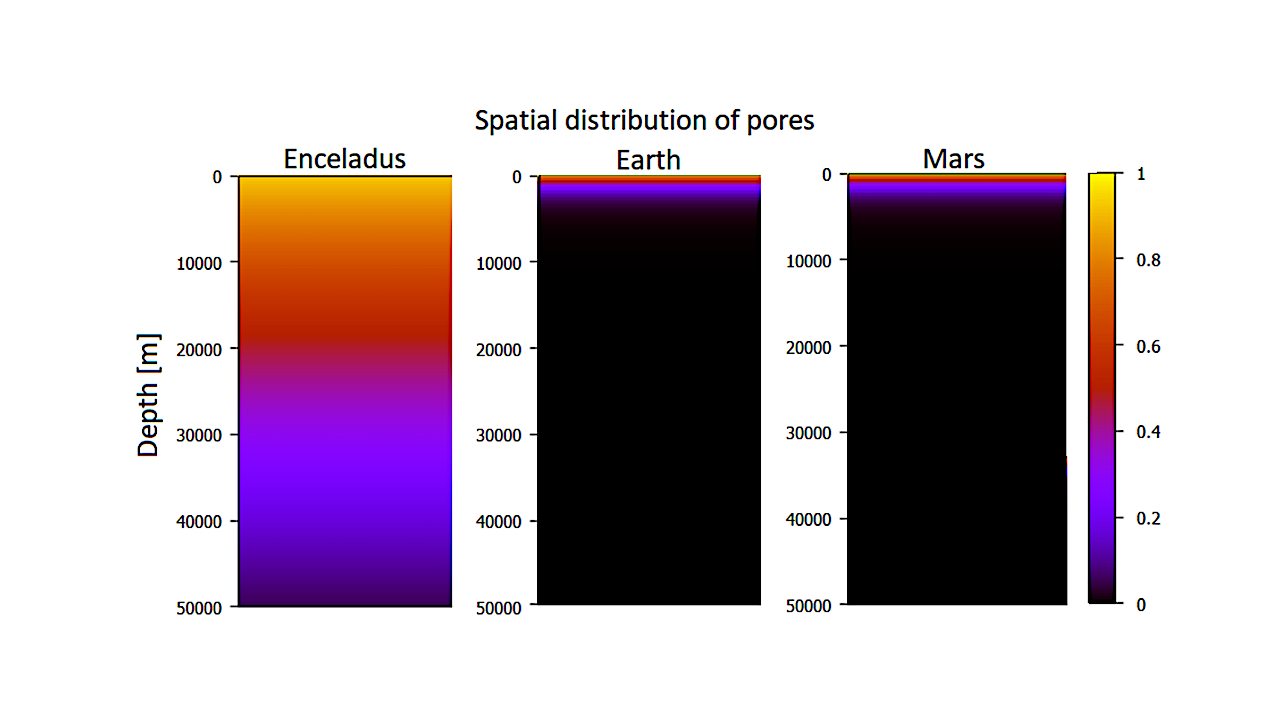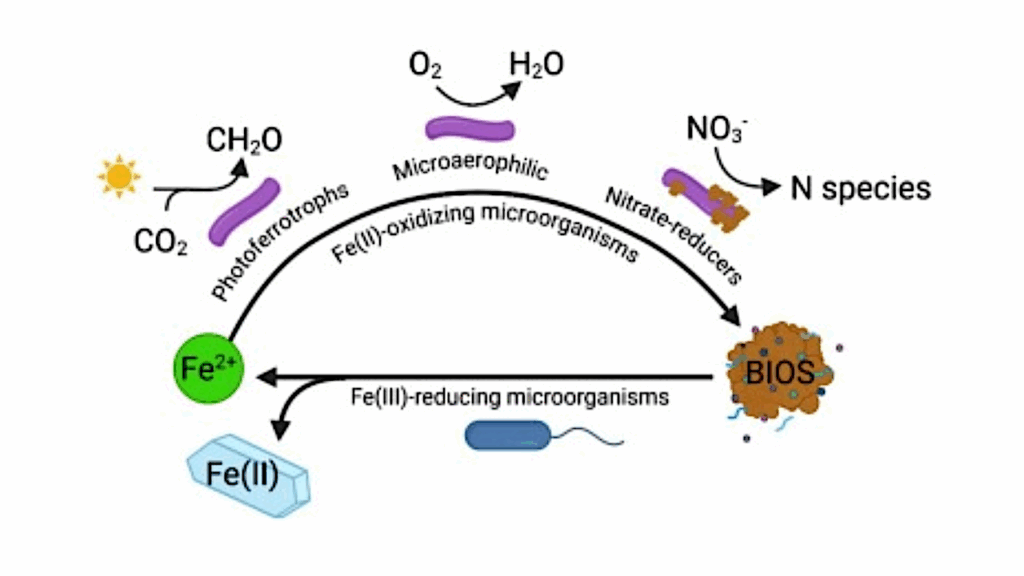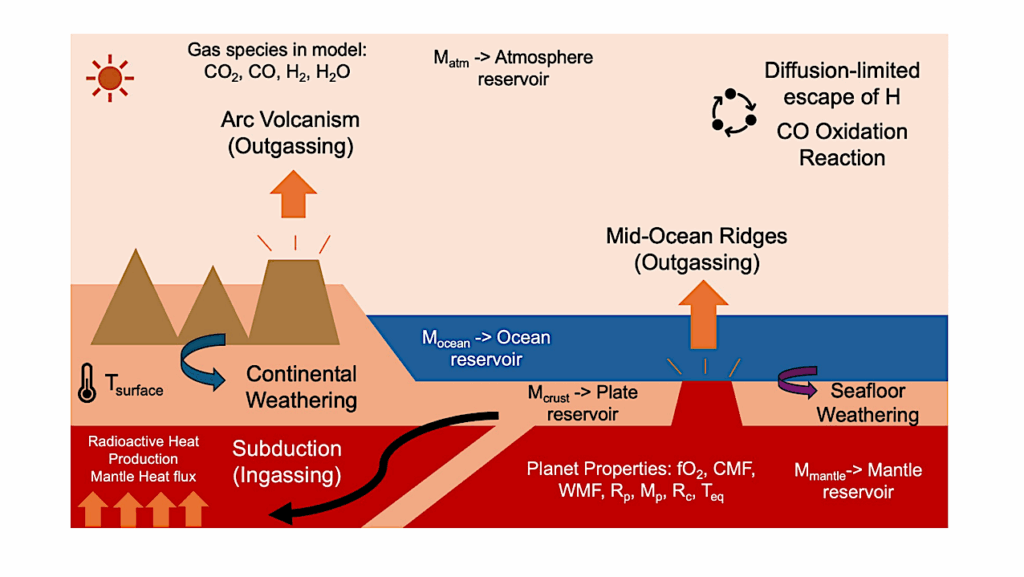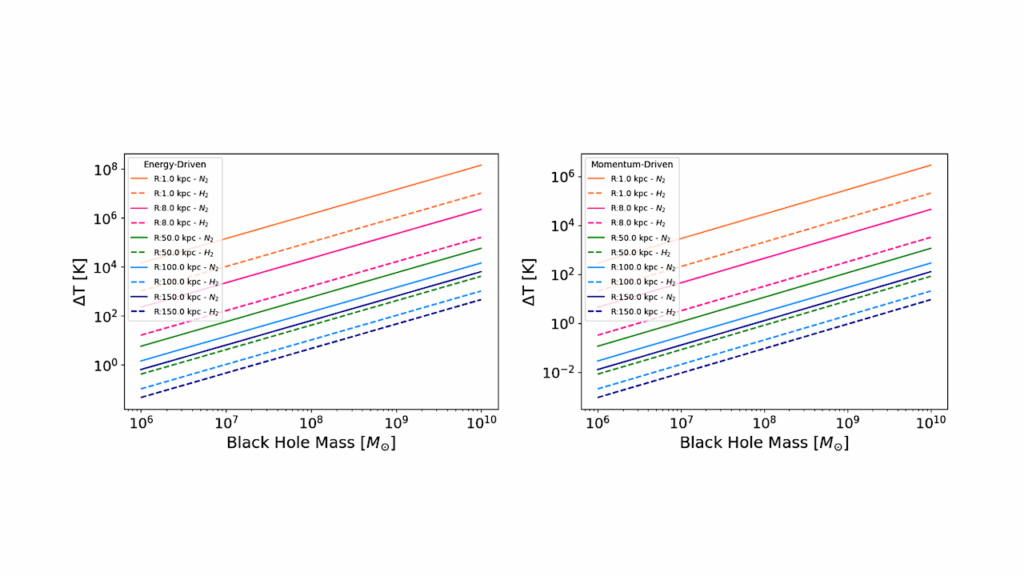Investigating The Porosity Of Enceladus

The interior of Enceladus, a medium sized icy moon of Saturn hosts hydrothermal activity and exhibits tidal heating and related geyser-like activity.
There are major disagreements in the existing literature on the porosity of the interior, due to the different theoretical assumptions on which porosity related calculations were based. We present an application of experimental equations – derived for Earth – for icy planetary objects and Enceladus in particular.
We chose a set of boundary values for our initial parameters from measured porosity values of chondrite samples as references, and calculated the porosity related values of Enceladus using various approaches. We present a comprehensive investigation of the effects of using these different porosity calculation methods on icy moons. With our most realistic approach we also calculated the same values for Earth and Mars for comparison.
Our result for Enceladus is a minimum porosity of about 5\% at the centre of the body. For the total pore volume we estimated 1.51∗107km3 for Enceladus, 2.11∗108km3 for Earth and 1.62∗108km3 for Mars. Using the same method, we estimated the total pore surface area. From this we derived that the pore surface under a given 1km2 area of the surface on Enceladus is about 1.37∗109km2, while for Earth this value is only 5.07∗107km2.
Imre Kisvárdai, Bernadett D. Pál, Ákos Kereszturi
Comments: 8 pages, 9 figures
Subjects: Earth and Planetary Astrophysics (astro-ph.EP)
Cite as: arXiv:2308.06006 [astro-ph.EP] (or arXiv:2308.06006v1 [astro-ph.EP] for this version)
Related DOI:
https://doi.org/10.1093/mnras/stad2333
Focus to learn more
Submission history
From: Imre Kisvárdai
[v1] Fri, 11 Aug 2023 08:26:47 UTC (408 KB)
https://arxiv.org/abs/2308.06006
Astrobiology,








